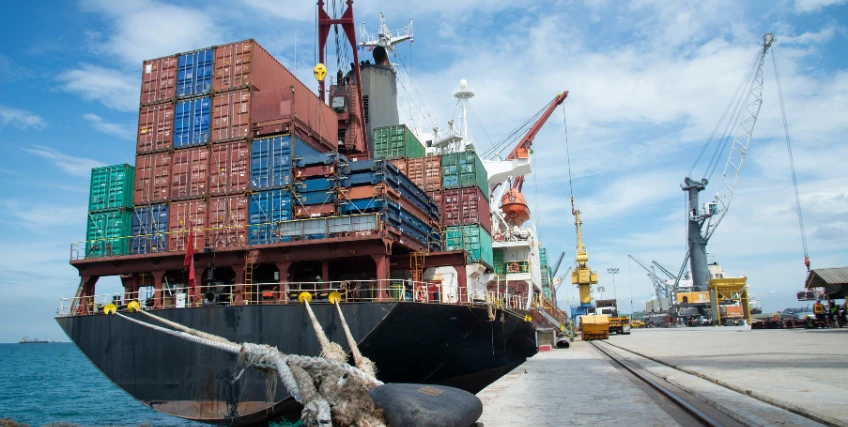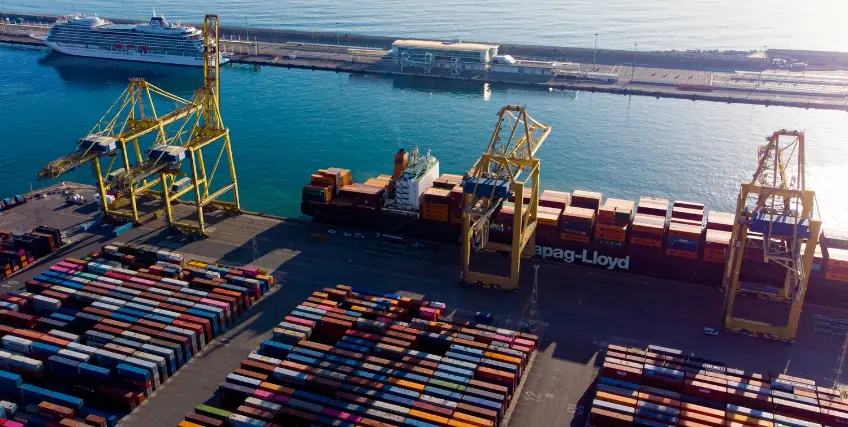How to Prepare Your Business for A Natural Disaster
October 17, 2024 | Last Updated on: October 17, 2024

Disclaimer: Information in the Business Financing Blog is provided for general information only, does not constitute financial advice or tax advice, and does not necessarily describe Biz2Credit commercial financing products. In fact, information in the Business Financing Blog often covers financial products that Biz2Credit does not currently offer.
Businesses and residents of multiple states have been negatively impacted in recent weeks, causing billions of dollars in damages and losses for communities across the South and East coast. Rebuilding efforts have started, but the reality is much bleaker for many small businesses. Disaster loans have recently dried up from the SBA, and Congress will not be back in session for a few more weeks.
Unfortunately, this could lead to further businesses not making it through the aftermath of the storm. Historically, a large swath of businesses that experience a large natural disaster never come back from it, according to FEMA. But there are things you can do to mitigate and prepare if or when the next natural disaster occurs.
Here’s what you need to know.
The Post-Disaster Business Woes
The aftermath of a storm can be difficult to navigate for anyone. For business operators, it can mean an extended period of time without any incoming business, which can mean the end for many small businesses.
As the beginning stages of the recovery process begin, take these steps into account:
1. Document everything, and file a claim with your insurer
Just like any insurance claim, your insurer will need documentation of the losses to your building. Additionally, check into what your coverage amounts are to see what will be likely covered or not.
2. If you need assistance, apply immediately for a disaster loan
If your community has been impacted, you won’t be the only one applying for a disaster loan from either the federal government for lenders. It’s best to submit your application for financial help as quickly as possible, even if you’re unsure if you need it. This is because lenders can take a significant amount of time to process, approve, and disburse funds to those who need it.
And if you’re approved and don’t need the disaster loan funds, you can always decline the loan with no penalty.
3. Create a recovery timeline for you and your employees
There’s a ton of uncertainty after a storm, and your employees will look to you as the leader to bring some level of assuredness.
As you begin recovery, do your best to create, deliver, and communicate a timeline of next steps. This could be steps like cleaning up any mess left behind, reconstruction, and reopening your location. This will give your team goals to work towards in a time of frustration and defeat.
How Your Business Can Prepare for The Future
As climate change is upon us, it’s only a matter of time before the next natural disaster hits. If you want to prepare for the next potential storm, here are a few tips to consider:
1. Prepare your physical assets with upgrades
If you have a physical storefront or location that is in need of upgrades, the SBA has a loan program that could potentially help you. The Small Business Administration offers mitigation loans to help businesses upgrade their buildings against potential natural disasters. This includes purchases like sealing a roof deck against flood damage, installing a fire-rated roof, building hail protection from hailstorms, and more.
You can find out more about what upgrades will qualify here.
2. Prepare financially
When disaster hits, your insurance and other lending options can be available, but it may not cover everything. It’s up to you to have money put away for an emergency.
Additionally, look into your insurance policies to see what events are covered and how much coverage you have. If you’re under-insured, you may consider raising your coverage amounts to protect your business assets.
3. Evaluate your business plan ahead of the next disaster
The best businesses pivot when things drastically change. Maybe there is a way for your business to lean into another revenue stream while one is down because of a disaster.
Bottom Line
Disaster will strike when you least expect it, and operators need to have a plan in place to get back up and running as quickly as possible. A small business disaster loan can help, but there is also plenty you can do ahead of the next storm to minimize the damage.
Frequent Searches Leading To This Page
disaster loan assistance, loan disaster assistance, injury loan, disaster loans for individuals




